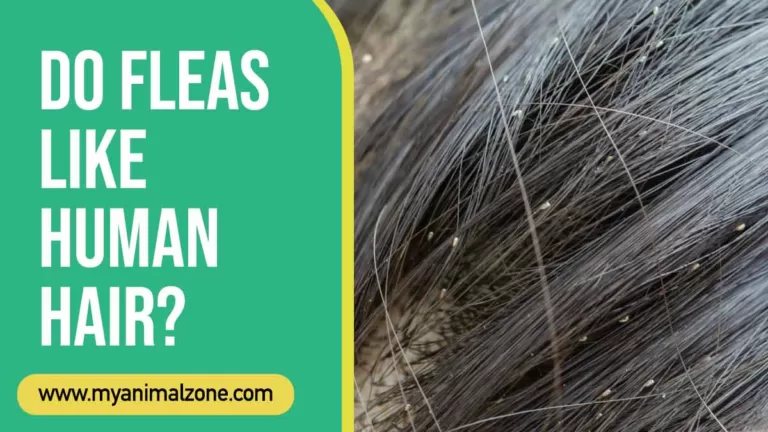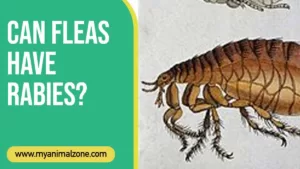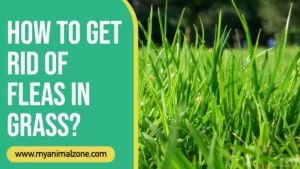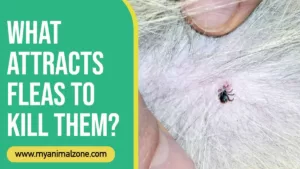Are you struggling to keep your home free from pesky fleas? You’re not alone. Do fleas like human hair? This article will discuss the answer and how to keep fleas off you and your family. With the proper knowledge and tools, you can protect your home and loved ones from these tiny nuisance pests.
Introduction
Fleas are blood-sucking parasites that primarily live on cats, dogs, and other animals, but human hair provides them with a food source they can’t refuse. The human scalp provides fleas with an ideal environment for a meal, making us potential hosts for these annoying skin pests.
Understanding more about fleas and their impact on health can help protect yourself and your family from infestation.
What are Fleas?
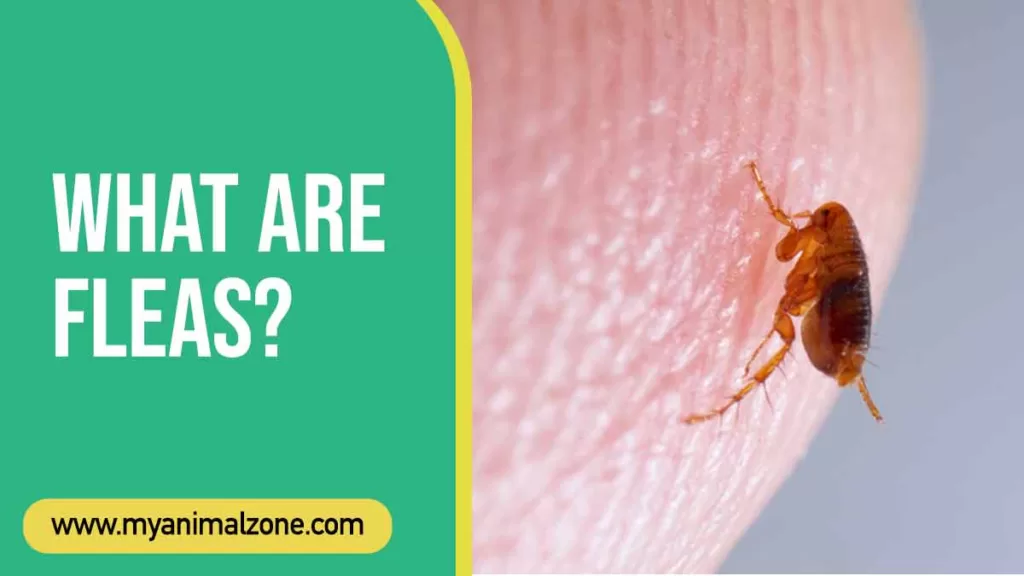
Fleas are small, wingless insects of the order Siphonaptera and are considered one of the most annoying pests. They feed on the blood of mammals and birds and can survive in any warm environment, indoors or outdoors. Fleas reproduce quickly, survive without food for long periods, and jump very far to escape danger or move from host to host.
Fleas have four stages in their life cycle:
- Egg
- Larva
- Pupa
- Adult
The eggs are tiny white objects that hatch into larvae in about a week. The larvae spin cocoons and then emerge as adults after around ten days. Adult fleas generally live from 2-3 months but can live longer if there is a regular food source – i.e., your pet! Unfortunately for humans, fleas don’t normally feed on human hair, but they can still find their way onto you and cause quite an irritating itch!
What do Fleas Eat?
Fleas are tiny, reddish-brown insects that feed on the blood of humans and animals. There are more than 2,000 species of fleas that live on mammals and birds all over the world.
While fleas do not typically feed on human hair or skin, they can consume unsuspecting victims when they wander too close to a flea’s preferred habitat – a warm-blooded host.
When it comes to what fleas feed on, these parasites are all about drinking blood. Fleas need regular meals of blood to meet their dietary needs and survive; without them, the adults die within days. Although their bites can be painful for humans and animals alike, fleas primarily feed on the blood of their chosen hosts – most often cats and dogs but also birds, rabbits, or even guinea pigs.
They will occasionally target other small mammals, such as mice or rats. On rare occasions, when hungry enough or faced with extreme circumstances (such as overcrowding), some species of a flea can try human hair as an option for food if other sources are unavailable – similar to mosquitoes targeting people for a quick meal. However, this behavior is unacceptable; adult specimens typically prefer blood from different animal sources.
Fleas also do not nest in human scalps as lice do: these pests usually prefer thick fur coats and longer fur-bearing mammals because they have an easier time clinging onto wiry strands with their claws while they suck up a nice meal of mammal-blood goodness!
Do Fleas Like Human Hair?
Fleas are parasitic insects that feed on the blood of mammals and birds. The primary fleas that feed on humans are human fleas or Pulex irritans, though other species may occasionally bite humans. Fleas prefer to bite humans at the ankles and legs but can also be found in other body parts.
Most people know that fleas are attracted to mammals and humans, with their hair providing an ideal landing surface for the pests.
Fleas also thrive in the dark, moist environments such as between toes or under clothing. Therefore, it is unsurprising that many wonders if fleas are like human hair.
Although not all species of flea eat human blood, some enjoy nibbling on hair follicles and oils from the scalp. Most common household flea problems occur in households with pets- however, due to our warmer climate and adjustment in outdoor temperatures, some indoor flea populations have risen even when a pet isn’t present.
This rise in population can cause infestations, especially in cases where people’s hair provides an ideal landing place for these parasites to hitch a ride into your home or office area. Once indoors, they feed off plants or pets- but they may also choose you as a tasty meal!
Since getting rid of these pesky critters can be pretty tricky, it’s essential to take preventative measures to eliminate them from your home environment.
Keeping indoor temperatures moderate and regular vacuuming will help eliminate any existing infestation before it becomes severe enough for chemical interventions like pesticides.
Regularly detangling and brushing your hair will help remove any current eggs or larvae from your locks, so they don’t get a chance to hatch into full-grown adults again!
How Can You Tell if Fleas are Present?
When looking for signs of fleas, it is essential to understand that fleas go through four life stages: egg, larvae, pupa, and adult. While adult fleas may be visible with the naked eye, eggs, and larvae are too small and might require magnification.
Flea eggs are roughly oval or “pitted” and are white or off-white. Flea larvae are light brown with a segmented body and no legs. They feed on organic material, such as adult flea feces, which contain digested blood from the host.
Fleas prefer to lay their eggs in dark warm areas such as carpets, upholstered furniture, pet bedding materials, human hair, or clothing that fits snugly around the body (like socks). They also tend to congregate near heat sources like doorways and windows if temperatures drop below what’s comfortable.
If you suspect that your home may be infested with fleas or have seen fleas on yourself or your pets, you can ask a pest professional to perform a treatment that can eliminate these pests from your home quickly and effectively.
How to Prevent Fleas from Infesting Human Hair
Human hair can be an attractive spot for fleas to stay and lay eggs, as the warm and humid conditions are an ideal breeding ground. Fortunately, there are steps you can take to deter these pests from infesting your locks while keeping your scalp safe from irritation. Here’s what you should know about preventing fleas from infesting human hair.
The first step in prevention is diligent cleaning and sanitation. Keep your scalp and hair clean by washing your hair with a mild shampoo or soap and conditioner at least once a week, preferably two or three times per week, to reduce the likelihood of infestation.
Wash bedding, blankets, sleepwear, and furniture fabrics that may come in contact with your head and any pets regularly to minimize the potential for flea eggs being able to hatch on those surfaces.
Additionally, you should use an anti-flea product specifically designed for human use. Look for products that contain pyrethrin or permethrin as the active ingredients; these are commonly used in shampoos explicitly made for controlling head lice but are also effective against fleas due to their insecticidal properties.
Finally, always comb through your locks regularly using a fine-toothed comb or other louse/flea control products designed specifically for humans. For example, suppose any insects appear while searching through your strands. In that case, they should be removed immediately and disposed of in soapy water before continuing with further combing/grooming sessions regularly throughout the day until all evidence of lice is gone.
Adopting preventive steps early on can help ward off fleas from setting up shop in human hair, allowing you to keep your locks and scalp healthy!
How to Get Rid of Fleas from Human Hair
Getting rid of fleas from human hair can be challenging, but it is possible. However, you should take a few steps to treat the problem successfully.
- It is essential to understand how fleas make their way into the hair. Most commonly, pets or wild animals bring fleas into the home or may come from items like used furniture or clothing infested with eggs or larvae.
- Once you identify where the fleas may have come from, you must thoroughly clean your home and all affected items. Vacuum your floors and furniture regularly and wash all bedding, rugs, and curtains in hot water with detergent to kill any remaining eggs or larvae.
- It is also essential to treat your hair specifically for any adult fleas that may have taken up residence there. Regular shampoos will only temporarily help, but unique medicated treatments can help eliminate adult fleas in your hair. These treatments contain medications designed to kill adult flea infestations and should be administered as soon as possible for the best results.
- If you find yourself with a severe infestation of fleas on your person, consult with a doctor or healthcare provider for advice on how best to safely remove them from your body.
With these steps in mind, you can successfully eliminate any furry nuisance in your hair!
Conclusion
After researching various aspects of the effects of fleas on human hair, while fleas are capable of living in human hair, they are generally not attracted to it.
Fleas prefer animal fur and skin because they need a particular set of nutrients to survive. Animals carrying fleas and transferring them to humans usually cause flea infestations in human hair.
Ultimately, fleas do not tend to take up residence on humans and are usually only present when conditions are just right for them.

